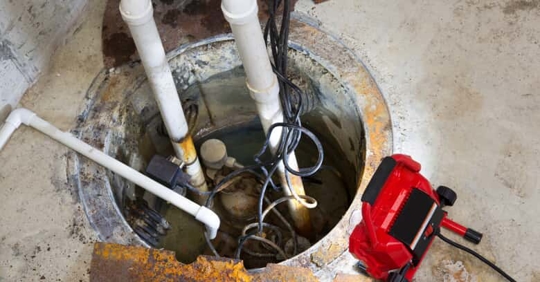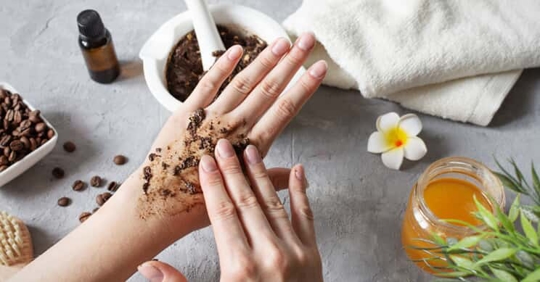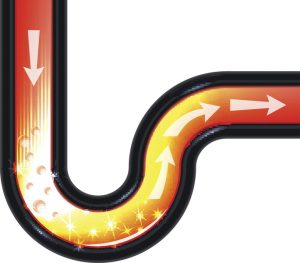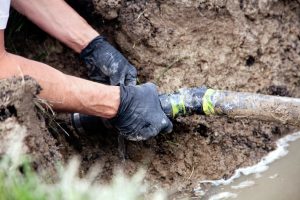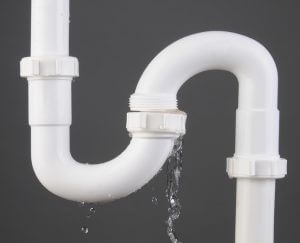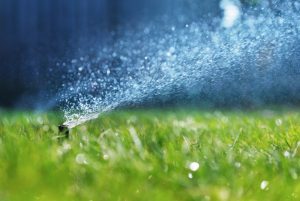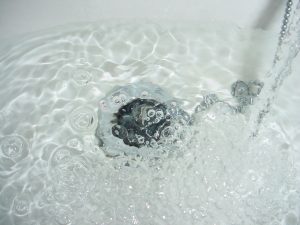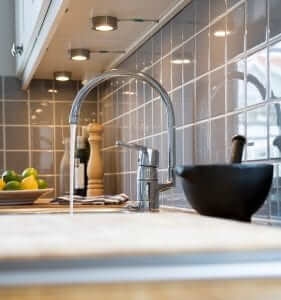If you’ve been struggling to unclog drains and toilets, your plunger may be the problem. The conventional red plunger is the one you most likely keep on standby, but it’s not always the best tool for the job.
There are four different types of plunger, each designed for a specific task:
-
The taze
-
The flange
-
The accordion
-
The flat
Let’s take a look at when each one of these would come in handy.
The 4 Different Types of Plungers
One of the most common reasons why people call the plumber is because of clogged drains. If your toilet or sink is backing up, you need to make sure you can unclog it right away. Other than investing in the right plunger, you should also make sure that you never put fats, oils, or grease down your drains.
The Taze Plunger
Taze plungers are considered specialty tools, and plumbing professionals generally use them. You should not use taze plungers for household plumbing issues. These professional-level plungers have a steel rod connected to a small disc. This disc is snaked down the drain in order to remove the clog. Again, they should only be handled by a professional.
The Flange Plunger
Many people refer to the flange plunger as a toilet plunger, but it can actually work with nearly any drain. It is extremely flexible and includes a cup with a soft, rubber flap. This fold-out flap allows it to work in the toilet drain for better suction.
You can use this plunger for toilets, sinks, and tubs. While it works for toilets and sinks, you should have one flange plunger for your toilet exclusively. Then, you can use a different plunger for other drains to avoid cross-contamination.
The Accordion Plunger
Unlike other types of plungers, the accordion plunger is not designed to be very flexible. Instead, it is made out of hard plastic. This allows it to generate more force, but the design also makes the accordion plunger trickier to use. The plunger’s plastic can potentially scratch the surfaces of your toilet. It can also be difficult to create a vacuum seal over your drains because of how hard the plunger is.
The accordion plunger is designed specifically to unclog toilets. Because of how much force it imparts, it should only be used in the case of a severe clog. If you are worried about scratching and damaging your toilet, you may want to leave this plunger to the professionals.
The Flat Plunger
The flat plunger — also called a sink plunger — is probably the one you have sitting next to your toilet. The flat plunger is not ideal for unclogging toilets. Instead, the flat cup is actually better for flat surfaces like bathtubs and sinks. If you use it on the right surface, the flat cup makes a vacuum over the drain in order to dislodge the clog.
Tips for Clearing Clogs
If you are dealing with a clog in your home, the following tips will help you remove it as quickly as possible.
-
Make sure to use the right plunger.
-
You should create suction by slowly pressing down to remove air from the plunger. This helps you make a better seal.
-
Plunge straight down because using an angle will decrease the amount of force you can use.
-
To make the best possible seal in a sink or bathtub, make sure to submerge the plunger in water.
-
If your plunger is torn, it will not be able to achieve a good seal. Keep your plunger in good condition by keeping it clean and dry when you are not using it.
Bottom line: You would use a Phillips screwdriver on a slotted screw. The same principle applies to plungers and clogs. Use the right tool for the right job. If your plunger still fails you, give Mallick Plumbing & Heating at (301) 804-6759.

